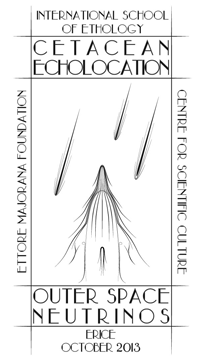Speaker
Paolo Favali
(INGV Roma, I)
Description
EMSO (http://www.emso-eu.org) is a large-scale European Research Infrastructure (RI) of the ESFRI roadmap composed of fixed-point, seafloor and water-column observatories with the basic scientific objective of near- and real-time, long-term monitoring of environmental processes related to the interaction between the geosphere, biosphere, and hydrosphere. It is geographically distributed in key sites of European waters, spanning from the Arctic, through the Atlantic and Mediterranean Sea to the Black Sea. EMSO will be the sub-sea segment of the COPERNICUS (former GMES-Global Monitoring for Environment and Security) initiative and will significantly enhance the observational capabilities of European Member States. EMSO is the European counterpart of many similar worldwide programmes, such as ONC-NEPTUNE in Canada, NSF-OOI In US, JAMSTEC-DONET in Japan or IMOS in Australia.
The picture below shows the location of the EMSO sites presently targeted to establish permanent, fixed-point observatories. EMSO ended its Preparatory Phase project in 2012 and now is in the Interim phase to arrive, along with the respective Funding Agencies representatives, to the legal entity managing the infrastructure, the European Research Infrastructure Consortium (hereinafter “ERIC”).
A phased implementation will characterize EMSO sites extension, construction and operation. The overall duration of the first phase of EMSO implementation will be 5 years from the ERIC foundation, with a review point scheduled at year 3.
From the technological point of view, the most striking characteristic of observatory design is its ability to address interdisciplinary objectives simultaneously across scales. Data will be collected from the surface ocean, through the water column, the benthos, and the sub-seafloor. Depending on the application, in situ infrastructures can either be attached to a cable, which provides power and enables data transfer, or they operate as independent benthic and moored instruments. Data, also in the latter case, can be transmitted through acoustic networks that are connected to a satellite-linked buoy. Cabled infrastructures provide important benefits such as real-time data transfer, when a processing of huge amount of data (as for bioacoustics) or a real-time integration with land-based networks (as for the seismology), as well as a rapid geo-hazard early warning system, are needed. Selected case studies of data series collected at various EMSO sites, showing the technological challenges to be faced and the potential for answering important scientific questions.
Primary author
Dr
Paolo Favali
(Istituto Nazionale di Geofisica e Vulcanologia)

